The closest the Mac has come to the gaming market would be when Steve Jobs first returned to Apple and reorganized the Mac product line.
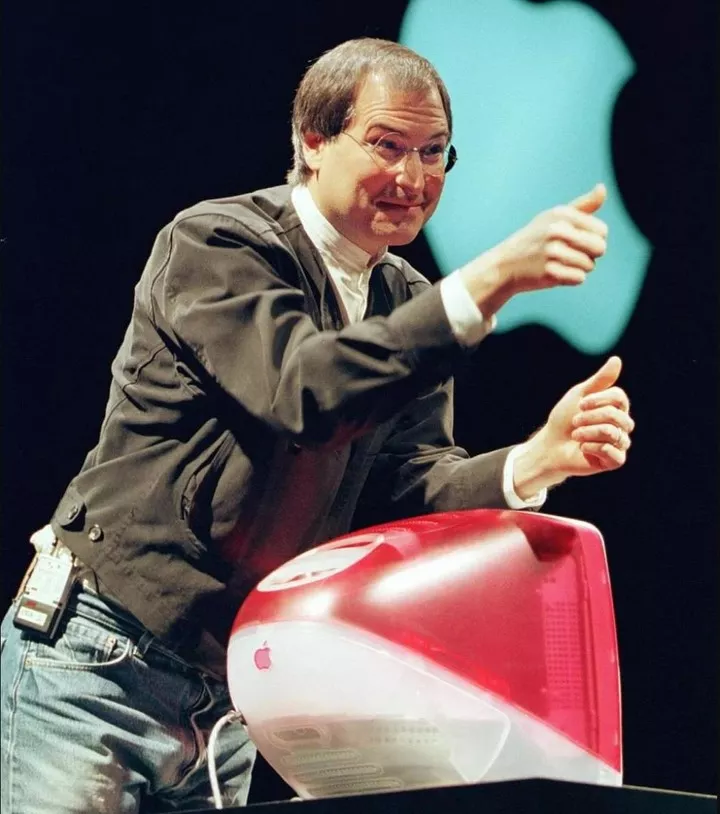
▲ Image from: bekia
At the time, Jobs said they had "launched a new program" to bring gaming back to the Mac, and was adamant that "gaming are very great for the Mac".
And at MacWorld in 1999, a high-profile presentation of the upcoming Mac debut of Halo by Bungie Studios was held. (Halo) by Bungie Studios.

▲ Halo demo shown at Macworld. image via: Apple
For this masterpiece, Steve Jobs had high hopes, as much as introducing Apple's products, saying that Halo would be the coolest game ever.

However, Halo has since become a Microsoft Xbox exclusive, and has directly contributed to Microsoft Xbox becoming one of the "Royal Three" in the console market today.
The Mac, on the other hand, brushed aside 'gaming' and never had a 'highlight' again.
All the way to the advent of the M1.

A few days ago, game developer Feral Interactive brought two of its games, Total War: Rome Remastered and Total War: Warhammer 3 ported to the M1 series for the Mac.
It's also one of the few game development teams that has been aggressive in porting games to the Mac platform. Back in the days of Intel, Feral Interactive was very active in migrating a number of games to the Mac platform.

▲ Image from: 9to5mac
Adapting games for the Mac is a lot of experience.
In the interview, Feral Interactive was outspoken about how the power of Apple's M1 chip combined with the Metal API has greatly improved game development on the Mac platform.
The Feral Interactive team is very optimistic about the future of gaming on the Mac platform, which has moved to its own chips, and believes that there are new opportunities for the Mac in the gaming market.
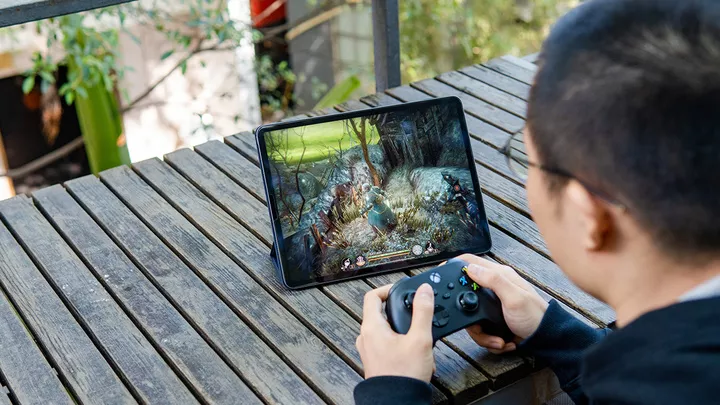
If you read it that way, it's kind of like the Mac is getting close to the gaming market again.
It's just that it's a different time, and while it was lamentable that the Mac platform lost Halo before, this M1 Mac is a missed 'moment'.
A good opportunity for Mac
After its high-profile debut at Macworld 1999, many Mac users were looking forward to Halo, and likewise, Bill Gates took a glance at the game.

▲ Image from: gamerant
Unlike many Mac users who waited patiently, Bill outright acquired Bungie Studios to improve Halo into an FPS game and became an Xbox exclusive hit, becoming a phenomenal combination for the gaming market at the time.
Robbie Bach, who was the head of Xbox at the time, has recalled in the book, that snatching Halo from Steve Jobs back then was one of the three most important things the Xbox could do to survive in a fierce gaming market.
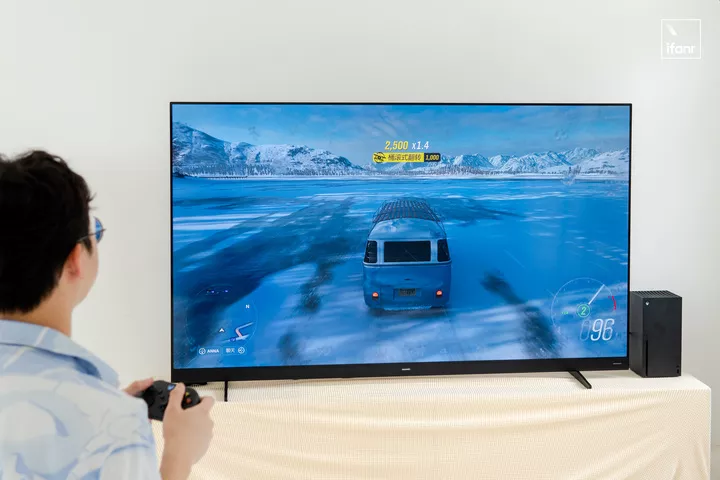
▲ Microsoft Xbox Series X.
The other two are the creation of the Xbox Live business and maintaining strong partnerships with gaming companies like EA and Activision.
Later, many media and analysts lamented that if Halo debuted on the Mac and was platform exclusive, the Mac and Apple would surely be the head player in the gaming market.

The reason for this is that it was in the 'golden age' of end-game and console gaming.
At that time, not only was Microsoft's Xbox on fire, but Windows PCs for the masses were also becoming popular, even as they began to eat their way up the enterprise market that Macs prided themselves on with their lower barriers.
You know, Steve Jobs only returned to Apple in 1997, and before that, Apple had become a mature capitalist company, where profit and profit were the motivation for many of Apple's decisions.
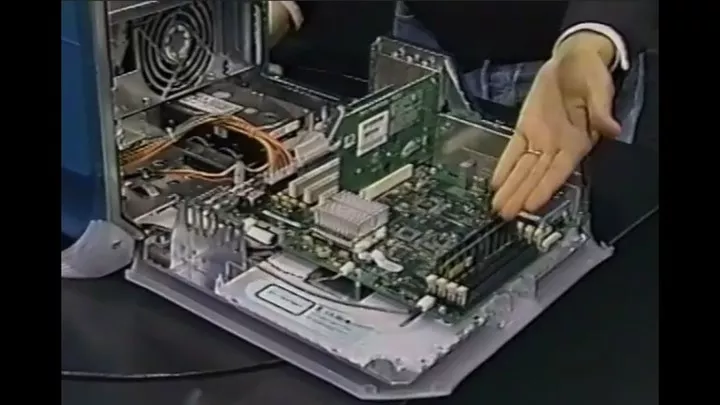
The Power Mac G3 with expansion support was released at MacWorld 1999.
This was also true of the Mac, once a popular platform for game developers, which was a popular platform for game development thanks to its graphics performance and scalability.
At the time, Macs were primarily for enterprise users, providing work PCs for employees. Apple executives didn't want to associate Macs with gaming, and marketing began to portray them as synonymous with "productivity.
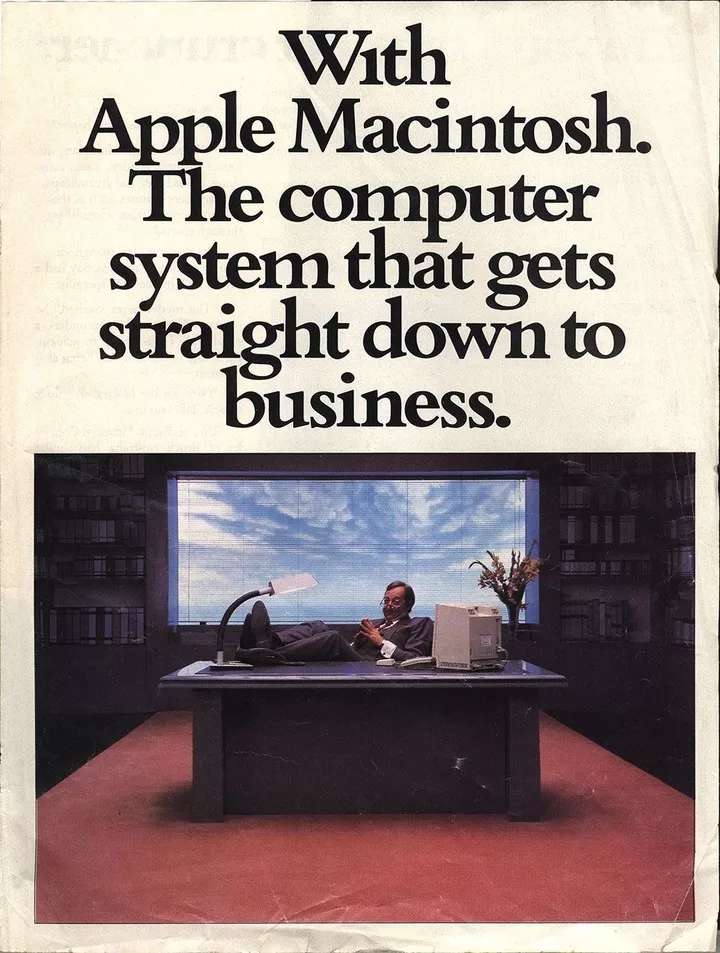
▲ Macintosh promotional page "Macintosh is Productivity". Image from: appleinsider
After the PC was gradually brought into the home, the Mac was advertised as a 'learning machine' for the student community, with no mention of gaming.
Apple didn't take advantage of the rapidly changing opportunity, but Microsoft's Windows did. Contrary to the Mac, Windows is primarily a home platform and gaming is their top priority.

Bill Gates even took it upon himself to go down and make TV commercials for Doom (Doom), which is powered by the Windows platform.
In the same way that the Mac was a hotbed for game developers at the time, the Windows platform, with its lower barriers, greater developer friendliness, and official willingness to optimize for developers, became the new 'hotbed'.
And the Mac is also equated with 'productivity' and 'work machine'.
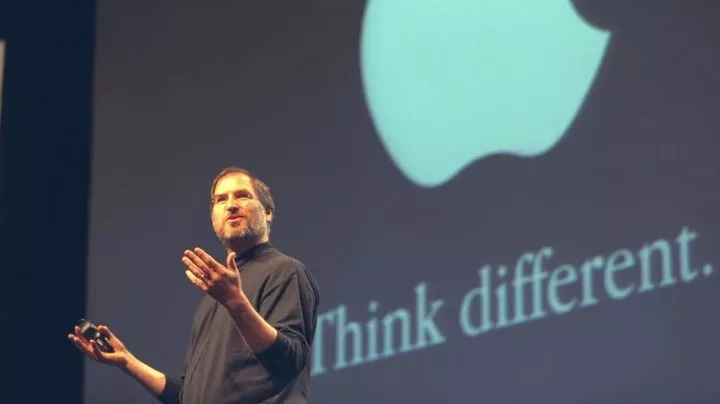
▲ Image from: fastcompany
Steve Jobs returned, and even as he began to work his way back, both Apple and the Mac were in a state of disarray, and it was difficult to compete with the growing Microsoft.
A series of business decisions and business competition have cost the Mac a 'great opportunity' to enter the gaming market.
Bad chance for the Mac
Time is a wheel, and the market for games lost on the Mac is finally being won back on iOS.
A good opportunity for the Mac is actually when endgames started to sprout. And the release of the iPhone was the night before handheld gaming exploded.
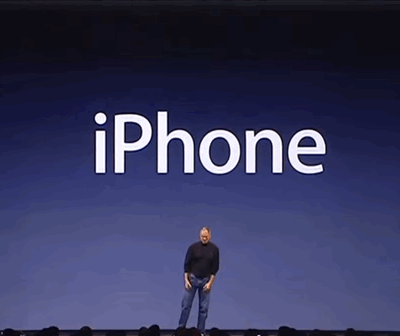
With the advent of smartphones and innovative interactive experiences, the iPhone has revolutionized the way people interact with machines. As a result, many new interactive forms of handheld games have come on the scene.
Unlike Android, the iPhone has prided itself on being a closed ecosystem since its release, with all software needing to be downloaded from the App Store and subject to a 30% cut to Apple.
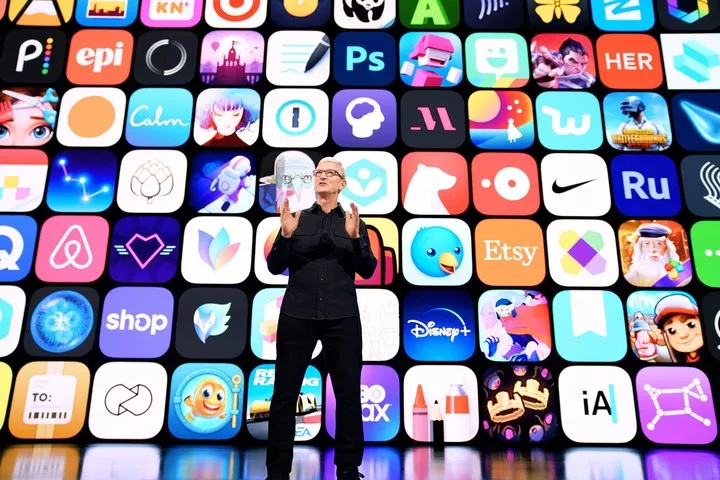
This rule later also pitted Apple against Epic. In a survey report on App Store games, Apple made about $8.5 billion in profits from games in 2019.
That figure is $2 billion more than the profits Sony, Activision, Nintendo and Microsoft made from games combined in the same year. And according to Sensor Tower's [data](https://www.bloomberg.com/news/articles/2020-08-28/apple-terminates-epic-s-developer-account-in-midst-of- lawsuit?srnd=technology-vp&sref=9hGJlFio), Apple will make $15.9 billion in revenue from the App Store in 2021, and games will make up 69 percent of that.
App Store revenue is still growing steadily, and the number of game apps in it is gradually improving. At Pocketgamer's stats, there were nearly 30,000 more games in May this year than a year ago, and the total was over 1.01 million.

More crucially, the overall handheld gaming market is likewise still growing, with Newzoo's just-released report shows that handheld gamers are expected to reach 3.09 billion this year, increasing total revenue to $20.31 billion and projecting revenue to come to $222.6 billion in 2024.
For comparison, PC gaming revenue will top $41 billion, up just 2% year-over-year.
In other words, it's already a great opportunity for handheld gaming at the moment, and for PC platforms like the Mac, the big picture is gone.

Even though the M1 series is a big jump in power consumption ratio and even GPU performance (compared to core) compared to previous Intel processors, it is not attractive enough for the PC gaming market, which has limited growth and low market volume.
The 'attraction' here is the PC gaming market, but also macOS, input and output, etc.
You know that many of the big 3A titles use Microsoft DirectX, and macOS previously only supported OpenGL, and its gaming experience was poor until 2018, when Apple dropped OpenGL and developed Metal, and the big ports became possible.

The PC market has actually been shrinking so far this year, with SA stating shrank by 7% overall in the first quarter, but with a strong M1 series chip, Apple bucked the trend by growing 4% to fourth in the world, though with only 10% of the market share.
In contrast, the Windows platform has an 84% share. macs still haven't reversed the 'niche' label and are far less total than Windows PCs.

With the need to re-adapt the low volume Mac on one hand, and the high volume of handheld games on the other, it's more likely that game studios will prefer to focus their resources on handheld games, or stay with the original Windows platform and focus on subsequent 3A development.
Regardless of the trade-offs, making Mac games is not the best option. macs are under a not-so-great opportunity right now.
ARM architecture is not the 'savior' of Mac gaming
In addition to being Apple's own chip, the M1 series also has the distinct feature of not being a traditional X86 architecture, but an ARM architecture similar to that of the iPhone and iPad.
The upside is that the power consumption ratio is excellent. The downside is that absolute performance is not as good as traditional X86, and that much of today's software is also poorly compatible with ARM.

▲ Initial work on Maya on M1 Mac via Rosertta 2 translator. image via: appleinsider
But for Apple, the software migration has been experienced before, and Rosetta 2, which was introduced two years ago for the platform switch, worked much better than expected.
As for absolute performance, it's addressed directly with a stacked core count, and even in some scenarios, the M1 series SoCs are capable of wrestling with professional-grade desktop GPUs.
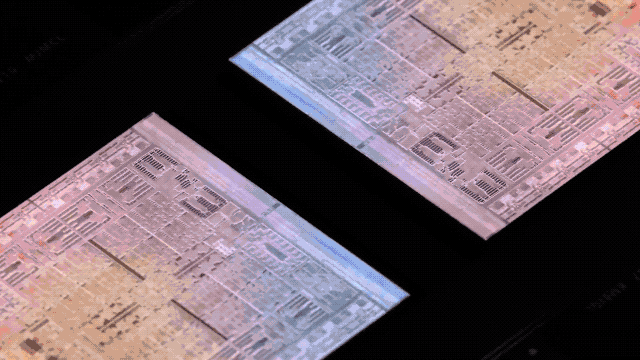
▲ Double the chip, double the performance.
In fact, the key thing is the ARM architecture, which means that the M1 series Macs can run iOS apps directly, so the number of Mac games that were lacking explodes straight away, and there seems to be a bright future ahead.
In reality, the gaming ecosystem in the App Store isn't that glamorous. To expand its 'handheld' business, Apple launched its game subscription service Apple Arcade in 2019.
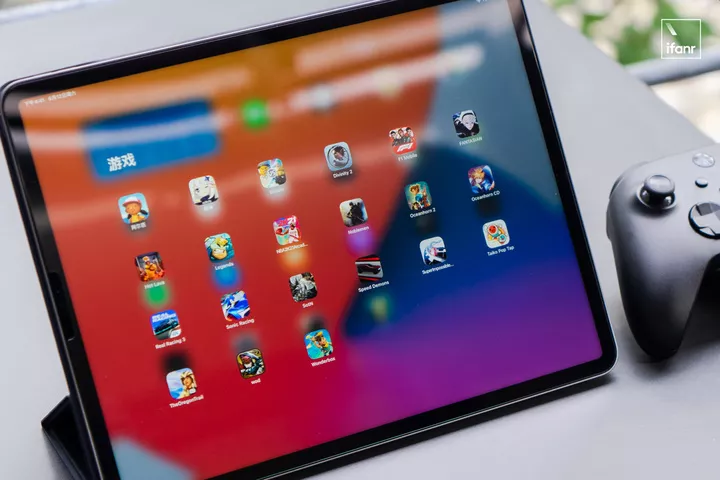
At launch, it was backed by veterans such as Ubisoft, Capcom and Sega, while also allowing gamers to experience the new game at a lower price.
Many game developers are very positive about Apple Arcade, saying that with Apple's support, they are able to focus on game levels, plots and interactions, rather than spending their energy thinking about making money.
Whether it's hardware like game consoles or services like paid subscriptions, it's the games themselves that are central to the gaming business, and Nintendo is a prime example of this.
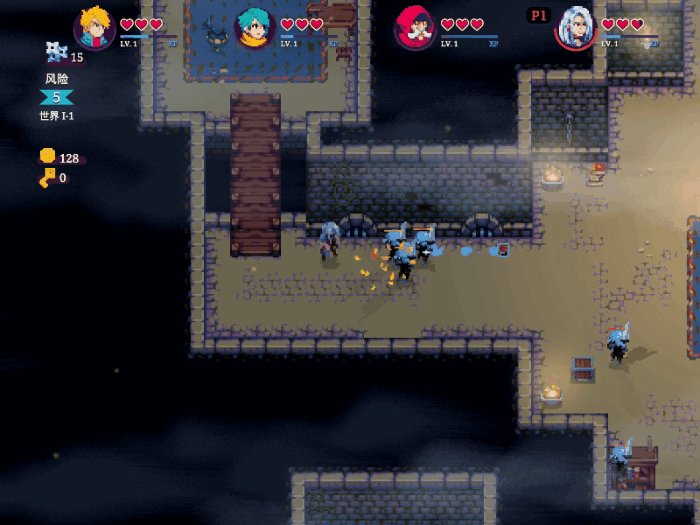
▲ Games Wonderbox.
Apple Arcade is a big deal, debuting over 50 games and expanding to 100 by the end of the year, with updates at a frequency of 4-5 games per week.
But as we enter 2020, updates are slowing down, with just over 30 new games added in 10 months. To add insult to injury, there are no big debut titles like Pascal's Contract in the Apple Arcade, and only a few new titles from established studios, with games of varying quality.
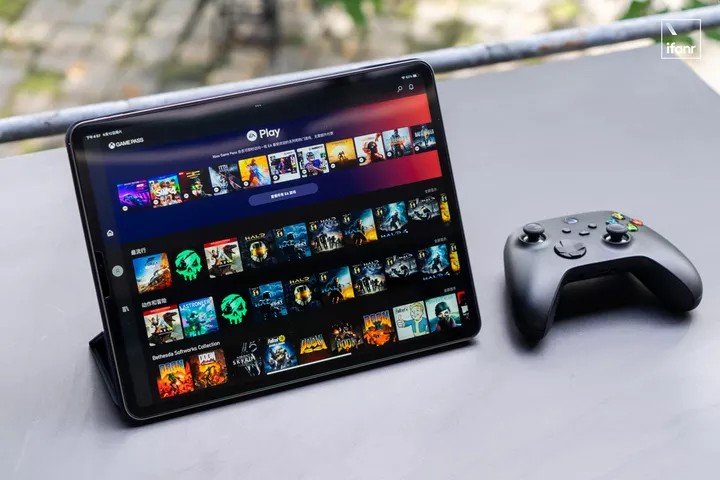
The M1 plus XGP might be the right way to go.
SensorTower had statistics on paid game revenue within the App Store in 2015, which was about $642 million, or 5.4% of total revenue. For Apple Arcade to reach that level, it would take roughly 11.7 million users subscribing for 11 months to turn it around.
However, the game subscription real estate model has a lot of potential in the U.S. According to App Annie, subscriptions make up 7% of the handheld game market.
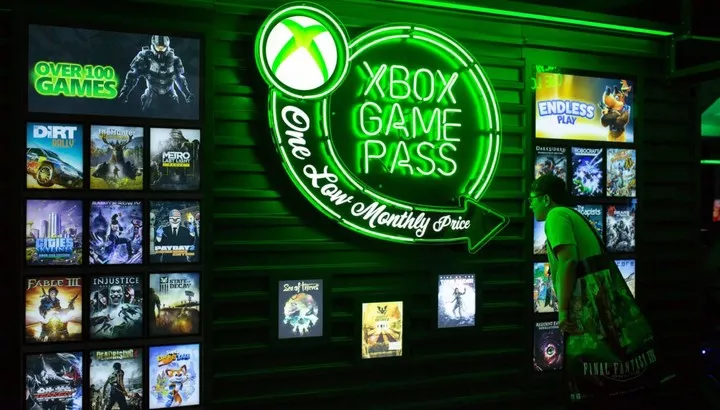
The Xbox Game Pass subscription service, went from 10 million to 15 million subscriptions in less than six months.
The problem with Apple Arcade is still the 'game'. Apple is too keen on exclusivity and over-vetting, and many game studios are not as enthusiastic about development, and the home office for the 2020 epidemic is slowing down development.

Now, it seems that Apple has also started to change the mindset of Apple Arcade, instead of relying on "exclusives", it has lowered the bar and introduced some classic IP ports and "big titles" that were already available in the App Store, trying to improve the lack of Arcade games.
But for now, Apple Arcade isn't enough to carry Apple's gaming business, and as for the ARM-embracing M1 Mac, it's going to be a bit hard to turn it around on Arcade in the near future.
Mac is not the platform of the future for the gaming business either
Whether it's the Mac that brought Apple back from the dead during the Steve Jobs era or the M1 Mac that now embraces the ARM architecture, Apple has been keen to make a big splash in the gaming business since the beginning.

But whether it's the misguided loss of Halo, or Apple Arcade's somewhat pushy exclusivity strategy, Apple's proverbial kick in the pants always falls short.
Apple's self-published SoC is well established, and it's just a few 'phenomenal' games away from 'igniting' the gaming business. But for the desktop Mac, it may no longer be the center of all Apple's business.
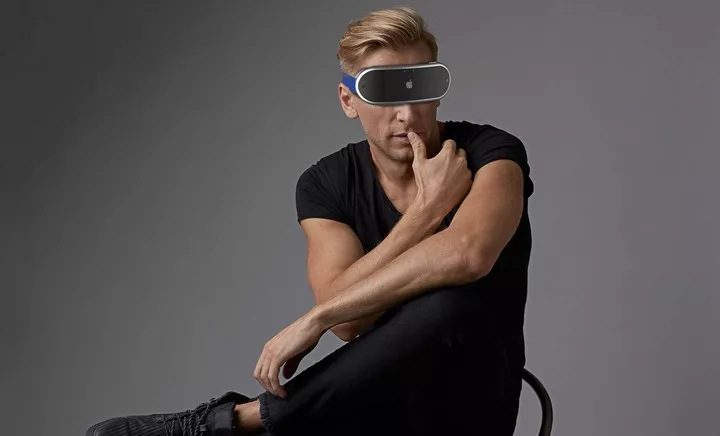
▲ Apple AR Glasses Hypothetical. Image via: wccftech
The highly anticipated 'phenomenon' game is more likely to be based on Apple's next AR business, which is set to replace the iPhone. Compared to traditional desktop games, AR virtual reality will have a new logic and presentation of game interaction.
This is more of an advantage for Apple, who has been following along, after all, now that they have their own chips, they are able to start building their software environment earlier and are able to invite game developers to adapt and debug ahead of time.

It's like the Mac in the beginning, with a good enough hardware platform to attract enough game developers to build a lineup of games for it, only this time Apple might not get 'poached' so easily.
As for the Mac, the strongest label may still be 'productivity'.